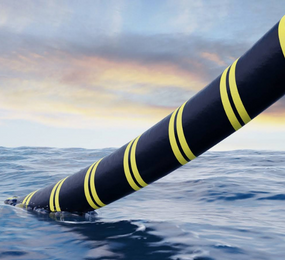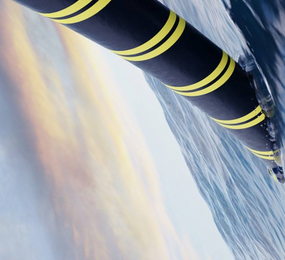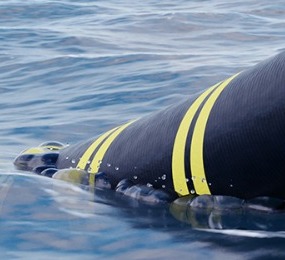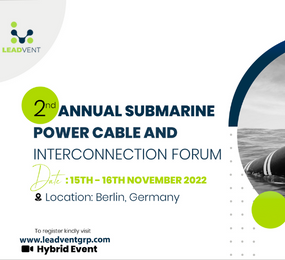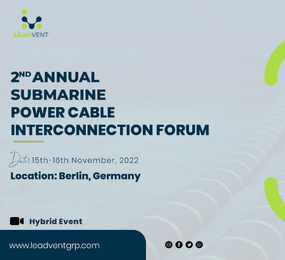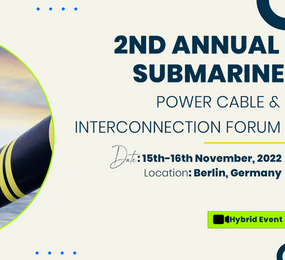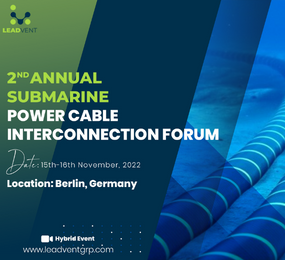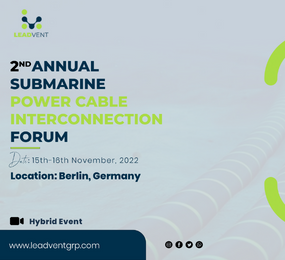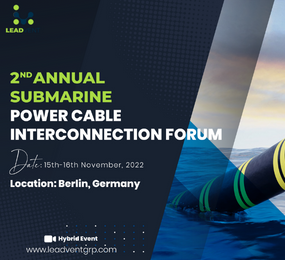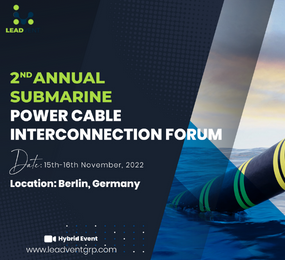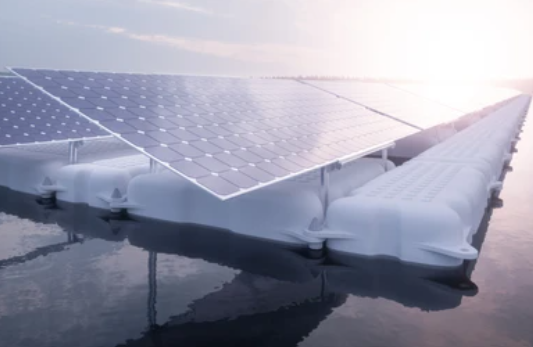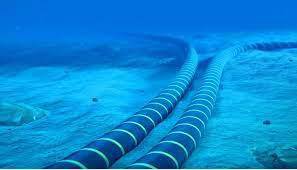£31.6 million grant has been awarded to different companies for the research and demonstration of innovative floating offshore wind technologies by BEIS. About eleven projects relating to the challenging areas that have the potential to hinder unlocking the next generation of offshore wind project plans have been funded.
These areas are observed to be as follows;
1. Dynamic cables
2. Anchorings and moorings
3. Floaters and foundations
4. Industry defined innovation (other technology)
5. Integrated demonstration of multiple technologies
These experimental projects are aimed to demonstrate technological innovations that will enable cost-effective methods, tools and practices needed to increase the rate of floating offshore wind turbine installations and operations.
The following areas have been fully funded:
The Dynamic cables research programme has been funded by the NZIP Grant fund with about £1606,711 which was awarded majorly to JDR Cable Systems Ltd. The project will be on accelerated development of higher-voltage Export & Array cables for Dynamic applications (AHEAD).
No dynamic cable rated above 66kV has ever been deployed in an offshore wind environment yet but the planning and research of 132kv array cables are already ongoing which will be of great help in the wind turbine size regulation. The challenges experienced in using 66kv array cables such as distances from shore, and water depths factor considerations will not be relevant when dealing with the 132kv arrays.
The introduction of an innovative polymer insulation system to be capable of operation above 66 kV and to 132 kV, potentially as a wet design.
Do you know that dynamic array cables have the potential to be extended to heavily Dynamic Export cables at 132 kV which can be used to enable larger turbine deployments? The 132kv dynamic cables can withstand higher loading stress as well as solve other floating Offshore wind deployment issues. Furthermore, there's a need for advanced dynamic cable modelling to engineer cable configurations as an increase in loadings and stiffer cabling will be experienced regularly during project operational activities if 132kv array cables are introduced. So, therefore, to improve offshore cable monitoring and maintenance, the integration of next-generation optical fibre strain sensing technology into Dynamic HV Export and Array cables will be required.
Next Steps in Offshore Wind Development in the bid to raise OWF Array Voltage Beyond 66 kV
In 2021, some new projects relating to the Offshore Wind Accelerator (OWA) programme were commissioned with the motive of constructing industry consensus for offshore wind farms as regards the development of the future standard array voltage.
The Hi-VAS Project
One of the new projects is the new joint industry project: The High Voltage Array Systems (Hi-VAS) project was proposed in order to assimilate better the costs, benefits and technical challenges related to increasing the array voltage considering that the Offshore Wind turbine output will go above 15 MW and the current array voltage standard will also need to be raised so as to be efficient for the project.
According to carbon trust, the GBP 500,000 initiative hopes to develop the previous OWA work (which was commissioned around 1997) on raising the array voltage from 33 kV to 66 kV when a similar industry consensus occurred likewise.
Hi-VAS project will be handled by the Carbon Trust, TNEI and Petrofac, while working together with seven offshore wind farm developers: EnBW, Equinor, Ørsted, RWE, ScottishPower Renewables, Shell and Vattenfall.
The Hi-VAS will supply all necessary information regarding the beyond 66kv project as follows:
-
Cost-effective string lengths and layout designs: how to limit energy losses so as to enable the development of larger wind turbines.
-
How to accelerate the 132kv transition at a reduced cost.
-
Working directly with the supply chain management and regulatory stakeholders to provide knowledge on the voltage increase enabled challenges as well as how to navigate them.
-
Provision of the necessary technical and regulatory changes that will be enabled by the proposed array voltage raise and also conduct a well-explained cost-benefit analysis, the risk involved and preliminary design studies for the proposed turbine sizes.
-
Conduct a series of engineering design studies analyzing how each component, standard, tool, or legal measure related to the new array system works and the obvious need to embrace them.
In conclusion, the need to elevate renewable energy production and infrastructure has never been higher. Offshore wind power plays an important role in the global net-zero emissions plan and as such, has loads of potential. With the development of larger wind turbine installations, the offshore wind industry will be a major force to reckon with in the entire energy supply system.


